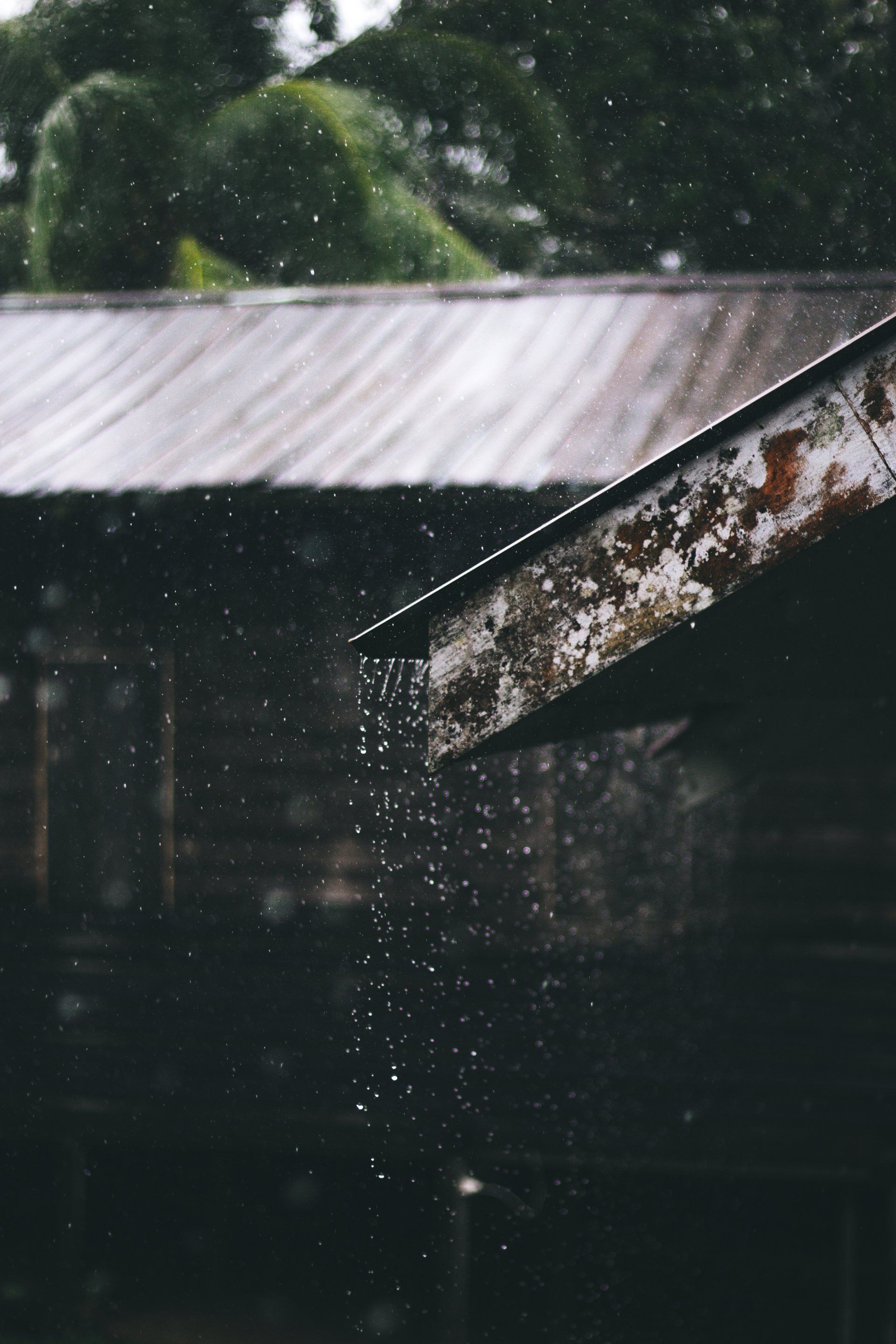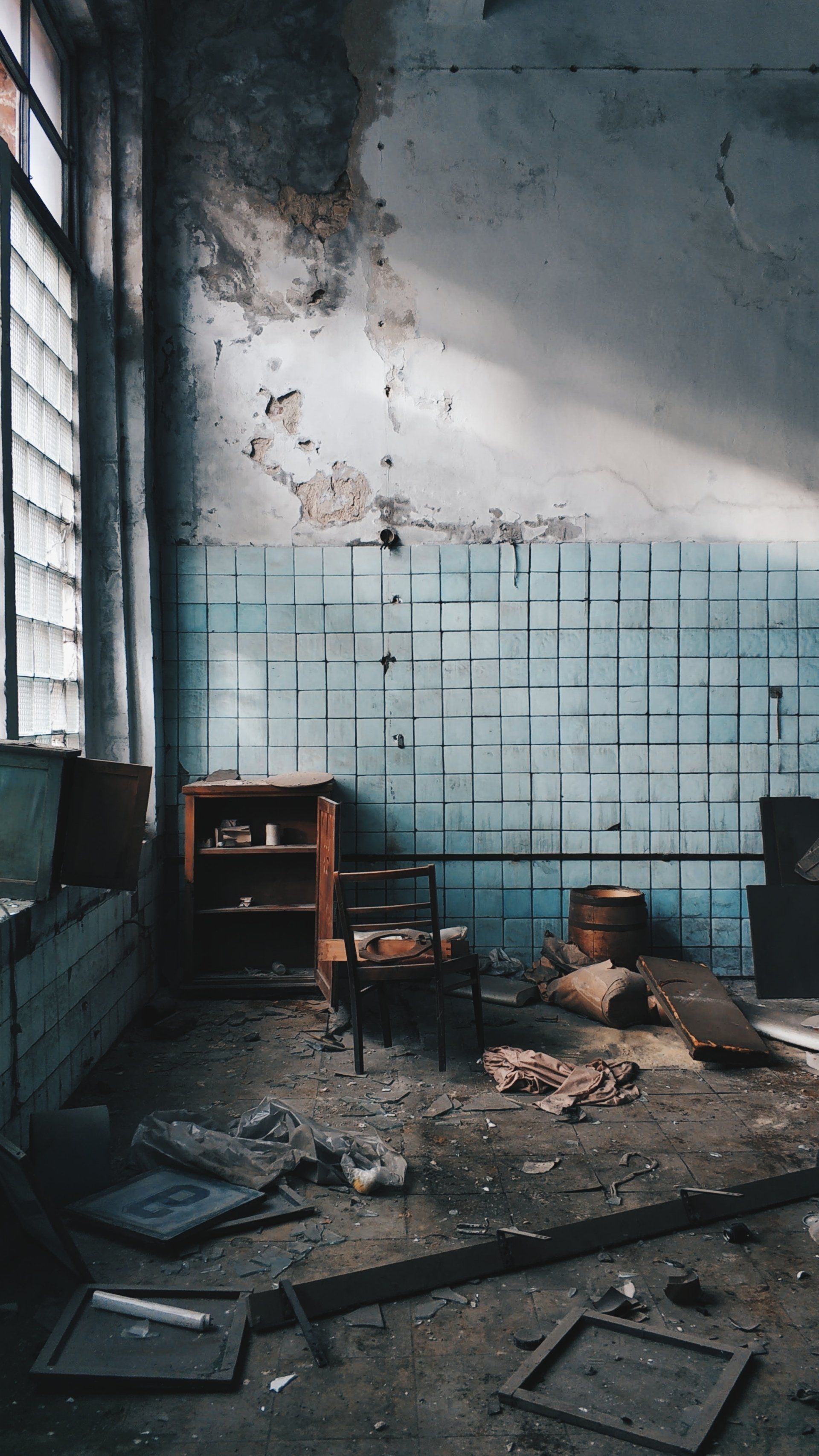Does Insurance Cover Water Mitigation?
Water damage can wreak havoc on your home, causing costly repairs and significant disruption to your life. Whether it's a burst pipe, a leaking roof, or a flooded basement, dealing with water damage requires swift action to minimize further damage and restore your property to its pre-damaged condition. But does insurance cover the cost of water mitigation? In this blog post, we'll explore the ins and outs of insurance coverage for water mitigation and what you need to know to protect your home.
Understanding Water Mitigation
Before we dive into insurance coverage, let's first clarify what water mitigation entails. Water mitigation is the process of reducing or preventing the damage caused by water after a flood, leak, or other water-related incident. It typically involves extracting standing water, drying out affected areas, and taking steps to prevent mold growth and structural damage.
Does Insurance Cover Water Mitigation?
The answer to this question depends on the cause of the water damage and the terms of your insurance policy. In general, most standard homeowners' insurance policies cover sudden and accidental water damage, such as burst pipes, plumbing leaks, or appliance malfunctions. However, coverage may vary depending on the specifics of your policy and the cause of the damage.
Common Coverage Scenarios
- Sudden and Accidental Damage: If water damage is caused by a sudden and accidental event, such as a burst pipe or an overflowing washing machine, it is likely covered by your homeowners' insurance policy. Your policy may cover the cost of water mitigation, repairs to damaged property, and any necessary restoration work.
- Gradual Damage: On the other hand, gradual water damage caused by long-term issues such as leaky plumbing or roof damage may not be covered by your insurance policy. Insurance companies typically expect homeowners to take proactive measures to address maintenance issues and prevent gradual damage from occurring.
- Flood Damage: It's important to note that standard homeowners' insurance policies typically do not cover damage caused by floods. For flood coverage, you may need to purchase a separate flood insurance policy through the National Flood Insurance Program (NFIP) or a private insurer.
Tips for Filing a Water Damage Claim
If you experience water damage in your home, follow these tips to ensure a smooth claims process:
- Document the Damage: Take photographs or videos of the water damage and make a detailed inventory of any damaged belongings.
- Contact Your Insurance Company: Report the water damage to your insurance company as soon as possible and provide them with all the necessary information to process your claim.
- Mitigate Further Damage: Take steps to mitigate further damage to your property, such as extracting standing water, drying out affected areas, and boarding up windows or doors if necessary.
- Follow Up: Keep in touch with your insurance company throughout the claims process and follow their instructions for documenting the damage and filing a claim.
Water damage can be a costly and stressful ordeal, but with the right insurance coverage and a proactive approach to mitigation, you can protect your home and minimize the impact of water damage. Review your insurance policy carefully to understand what is covered and what is not, and be prepared to take swift action in the event of water damage. By staying informed and proactive, you can ensure that your home is properly protected against the unexpected.








